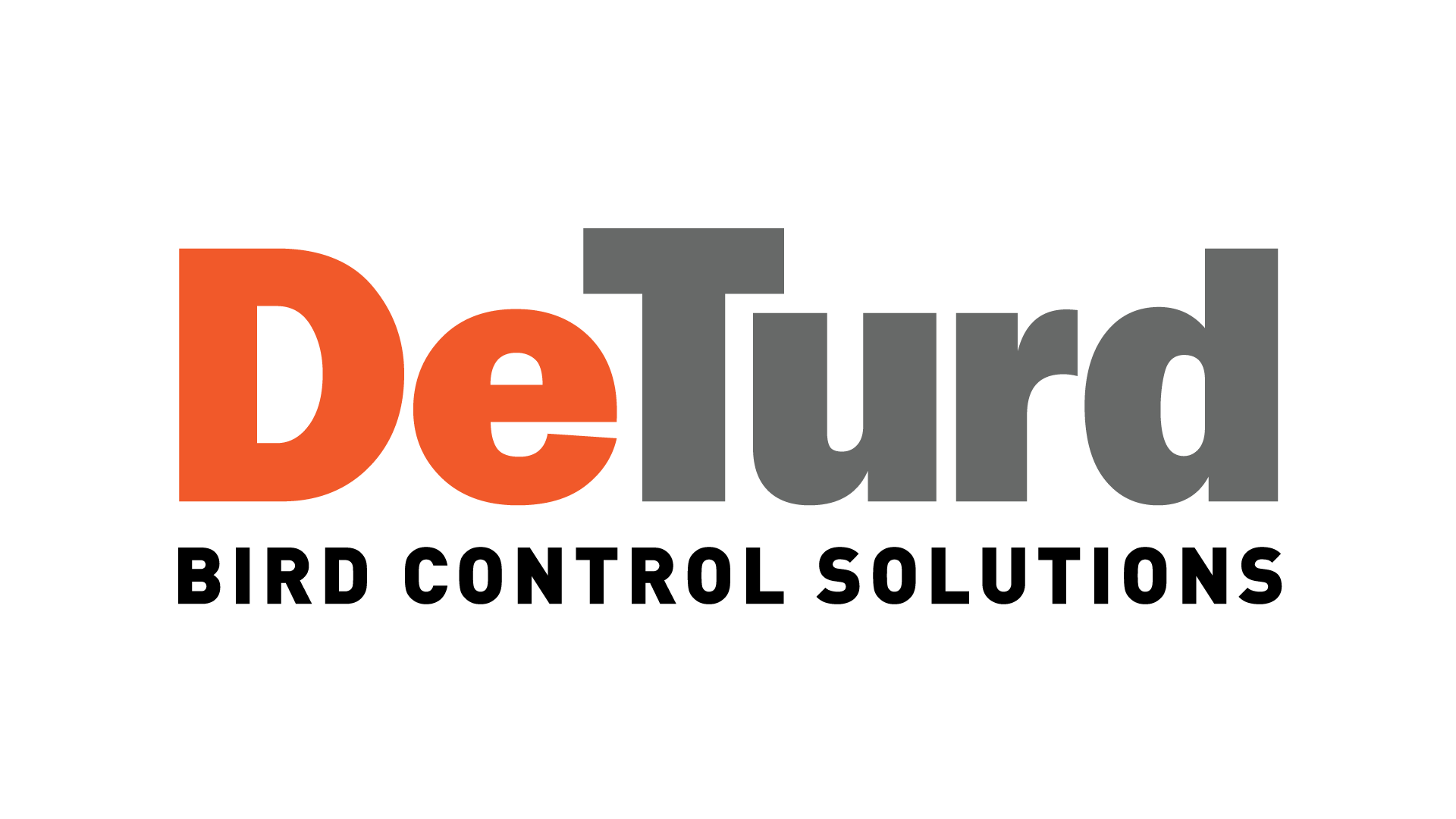CASE STUDY: Rogers Group Financial, West Broadway, Vancouver
2 Pest Bird Problems:
- Cleaning pigeon mess and preventing access to air conditioning;
- Removing house sparrows from parking area.

Pigeons and Sparrows:
- The RGF building had about 12 pigeons living in the mechanical enclosure on the south facing upper patio. There was so much pigeon crap on the air conditioning unit that the service repairmen refused to fix the HVAC unit. Pigeons were also nesting in the patio planters.
- In the underground parking area there was also about 8 house sparrows nesting on the insulation that was sprayed to the parkade roof. Insulation was falling to the floor every morning. The facility manager had put fine bird wire over the automatic overhead door. However, the door was open all day and only closed in the evening. So, the sparrows would enter during the day and spend the night in the warm parking area. During this time they would burrow and sleep in the spray insulation. It was surprising how much insulation fell to the ground each night. Sparrows are also very hard to catch or trap and the door had to stay open. The property managers didn’t know what to do.
Solution 1: Cleaning up pigeon mess and preventing access to air conditioning.
First we had to clean the patio and air conditioning unit. We placed our pressure washing machine at the ground level side walk and ran 100 feet of high pressure hose straight up to the patio. Working with the pressure washer on the street was better because the machine noise did not affect the inside office workers and we didn’t dirty the floors by bringing all our equipment thought the office to get to the patio. In addition, water access was ground level. Pressure washing was completed the first day.
On day 2 we installed netting over the patio mechanical enclosure. Firstly, 24 inch x 1.5 inch angle iron posts were mounted to keep the netting high above the HVAC equipment then a perimeter cable was installed to which we mounted the net. Work proceeded quickly with no issues and was finished at the end of the day.
Two days later it was reported that the pigeons were entering the netted enclosure by slipping under the gap below the entrance door and enclosure wall. This was quickly remedied by installing bird spike face down on the underside of the wall. The door gap was blocked by installing a piece of ¾ inch plywood and painted to match wall color.
The air conditioning and HVAC enclosure has now been bird free for two years. Everyone is happy! See photos.
There were still pigeons hanging around the building. We decided to set traps on the roof for a few weeks. We placed two traps on the roof and baited and left them open for one week. Then the trap doors were set. The first week we caught about 8 birds. This greatly reduced the resident flock. However, in the third week upon doing our daily trap check we discovered the traps were stolen. It appears a person from the building next door walked across the roofs and took the traps. Very discouraging to say the least. At least the pigeon problem was under control. Together with the owner we decided not to replace the traps and see if the population would return.
Solution 2: Removing house sparrows from under ground parking area.
The RGF parking has an overhead door. The parking and area in front of the door had insulation on the ceiling. Sparrows were nesting in this insulation and pulling it down in the process. Every morning insulation was seen on the parking floor and there were areas of exposed concrete on the ceiling where insulation used to be.
The area in front of the entrance overhead door was about 15 feet by 15 feet. It was decided that this area be fitted with a bird exclusion net mounted just below the existing mechanical pipes. A perimeter cable was first installed and then the bird netting was mounted to the cable. Work was completed in one day. It was effective and looked good.
However, the parking area was too big and thus too expensive to install a bird exclusion net. It would also restrict access to mechanical and light fittings. We did a bird count and determined there were about 6 sparrows living in the parkade. It is amazing so few birds can cause so much damage.
It was decided bird airgun shooting was best. We arranged early morning access before staff would arrive. This was effective in quickly removing the sparrows. The parkade was bird free for about 7 months when a mating pair of sparrows moved in. Property management called and we again had an early morning airgun session. Management feels this is the most effective and inexpensive method. Everyone is happy.

